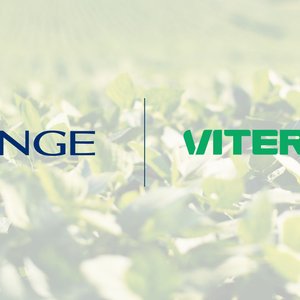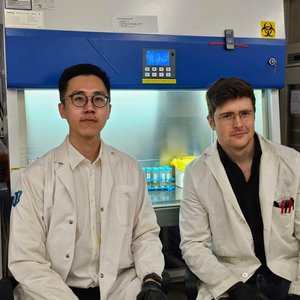BioMar\'s Executive Vice President of Sourcing, Niels Alsted, focused on the quest for finding alternative sources of EPA and DHA in his introduction during the round table discussion at the Aquaculture Europe Conference in San Sebastian.
The recent jump in the price of marine raw materials once again underlines the necessity of finding alternative sources of EPA and DHA fatty acids in fish feed, said Niels Alsted. He pointed at four of the possible sources of EPA and DHA, but also underlined that at present, none of these sources are available in sufficient quantities to really make a difference in the market.
As one of the options, he mentioned a better utilization of byproducts from the fishing industry and the implementation of more efficient production processes for fish meal and fish oil. \"This could increase both availability and quality of feed ingredients of marine origin\", he said, but he also stressed that this will not alone be able to cover the increasing demand for these ingredients.
According to Niels Alsted, one of the most promising technological solutions in the short run is the use of fermentation techniques where heterotrophic microorganisms produce EPA and DHA based on sugar. However, while this is technically possible, the price is expected to continue to be significantly higher than the present fish oil prices.
As the EPA and DHA, which are today obtained from fish oil, originate from algae, industrial production of these algae can, together with the additional benefit that it binds CO₂, seem logical and attractive. \"The possibility of extracting EPA and DHA directly from algae produced with just water, CO₂, and sun light is indeed a very attractive solution seen from an environmental point of view; unfortunately, it has so far proven to be too costly and difficult to scale up\", Niels Alsted said, and explained that it is not enough to be able to produce 20,000 or maybe 50,000 tons in this way. There is a need to produce hundreds of thousands tons in order to create a real difference and thus cover the increasing needs for EPA and DHA for human consumption and aquaculture at a global level.
As the last of the four alternatives, Niels Alsted talked about the inclusion of the algae gene producing EPA and DHA into plants like rape, soy, or camelina as the most cost efficient and easily scalable solution. Niels Alsted was well aware that it is controversial for some to use an algae gene in plants, but he also underlined the large regional differences in acceptance and perception of genetically modified organisms: \"While there is resistance in some European countries against using genetically modified crops as feed ingredients in aquaculture, the use of genetically modified organisms like soy in aquaculture feed is already the standard in both Asia and America – and also in the production of feed for land animals in Europe – so this last alternative will probably within 5-7 years become one of the ways to produce more of the healthy fatty acids – if not in Europe then at least outside Europe\", he concluded.
The Aquaculture Europe Conference, which took place October 14-17, 2014, was attended by more than 1,300 people from the aquaculture industry, private and public research institutions, and universities.










